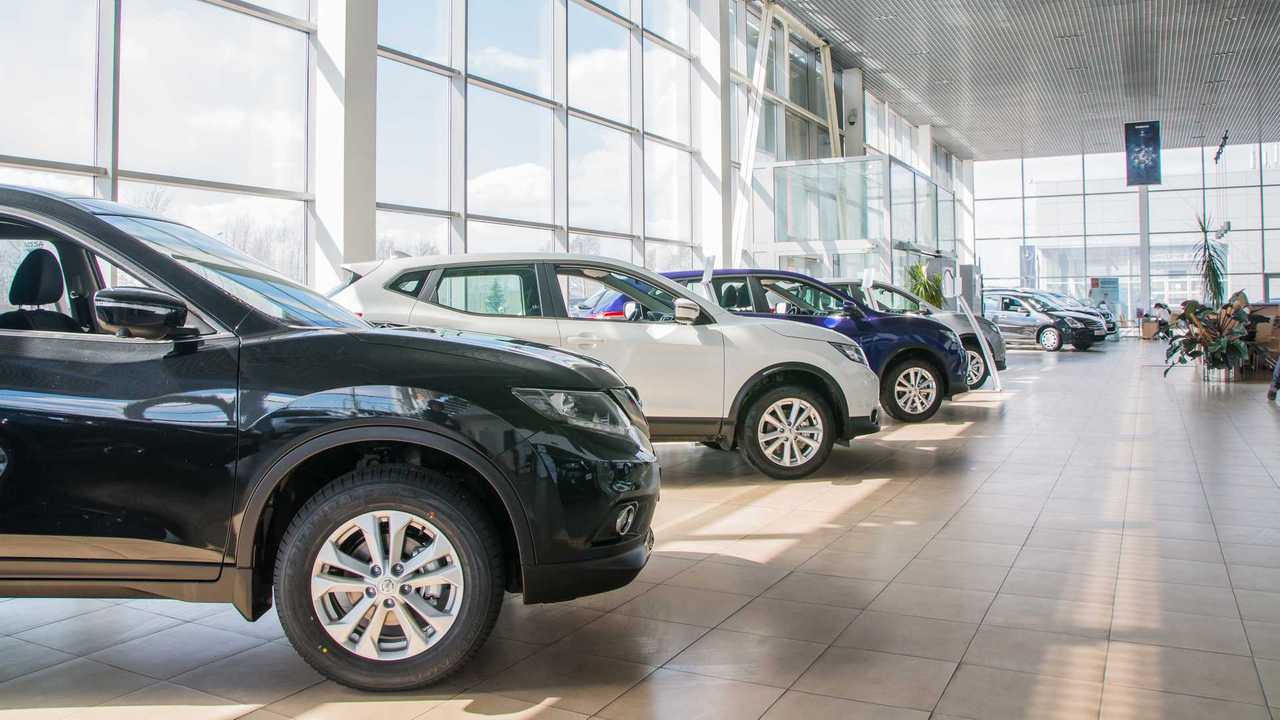
David Dayen on car dealerships:
F&I is the profit center of the dealership. Jase explained that profit margins per vehicle sale run between five and ten percent. In other words, if you want to make $1 million in additional profit, you have to sell $10-$20 million in additional inventory. That’s as many as 500 cars, when the average dealer is selling 100 to 200 cars a month. To do that, you need more salespeople and a bigger lot, with uncertain outcomes for all that expense.
But raising F&I, Jase says, is 100 percent profit. The same labor and operations costs are in place, whether you sell more warranties and insurance or not. That’s not theoretical. The 2023 annual report for Lithia Motors, a nationwide dealership network with 298 U.S. locations, indeed lists its profit margin for F&I at 100 percent. Lithia’s 2022 annual report says the same thing.
One of the biggest tools in the F&I toolkit is delay. Usually, a customer comes out of sales with some sense of the monthly payment. “Once you have the person committed to that payment,” Jase said, “it’s up to the finance person to maximize profit… We have people in the box. They’re boxed in, they can’t go anywhere. Don’t let them out of the box until deal is closed.” The extended wait time sealing the deal creates a sunk cost that customers don’t want to repeat by starting over somewhere else. And it wears down their defenses to every new offer.
Jase has a name for the overall process: The Dealership Triangle, with each point funneling the customer to the next step. The seller is pushed from sales, where installation extras are added, to F&I, where more extras and markups happen. And a major goal for F&I is to sell a service contract—a catch-all term that includes warranties or other insurance bundles—thereby creating a service customer. By Jase’s estimation, more than three-quarters of all buyers maintain brand loyalty by buying their next car at the dealership where they have a service contract.
It’s unbelievable how many people get fleeced at the car dealership. In 2024, the average car payments for new, used, and leased vehicles are $735, $523, and $595, respectively. That’s an awful lot of money to be paying on a depreciating asset!
This is why I follow these rules when buying a car:
- Only buy what you can afford - This means no loans. Pay in cash.
- Never lease - Leasing often leads to higher long-term costs and restrictions.
- Buy the base model with the standard options - Most modern cars come with everything you need in the base model; anything extra is usually a nice-to-have, not a need-to-have.
- Negotiate on the out-the-door price - This should be lower than the sticker price.
- Do not buy extended warranties, upgrades, or add-ons - These often provide little value for the cost.
- Be ready to walk - Remember, you are the buyer. It’s your money, and you are in control.
By following these guidelines, you can avoid getting fleeced and make a smarter, more economical car purchase.